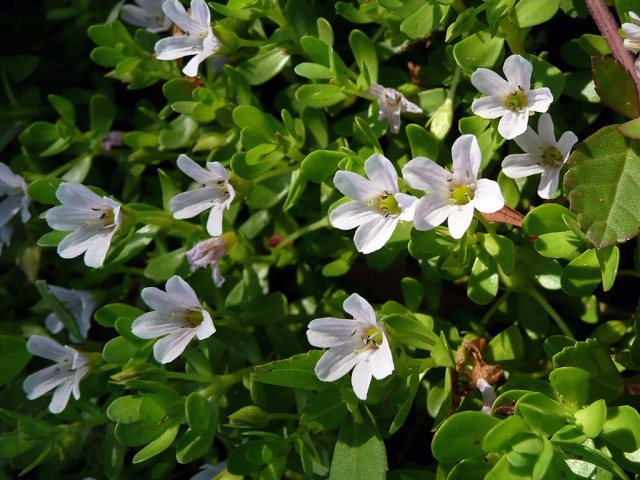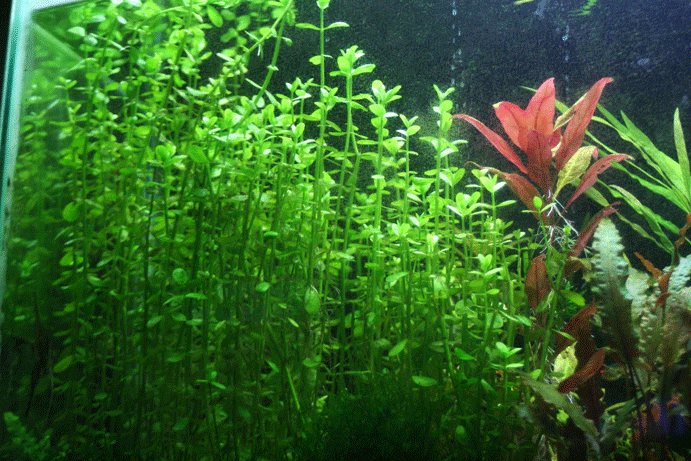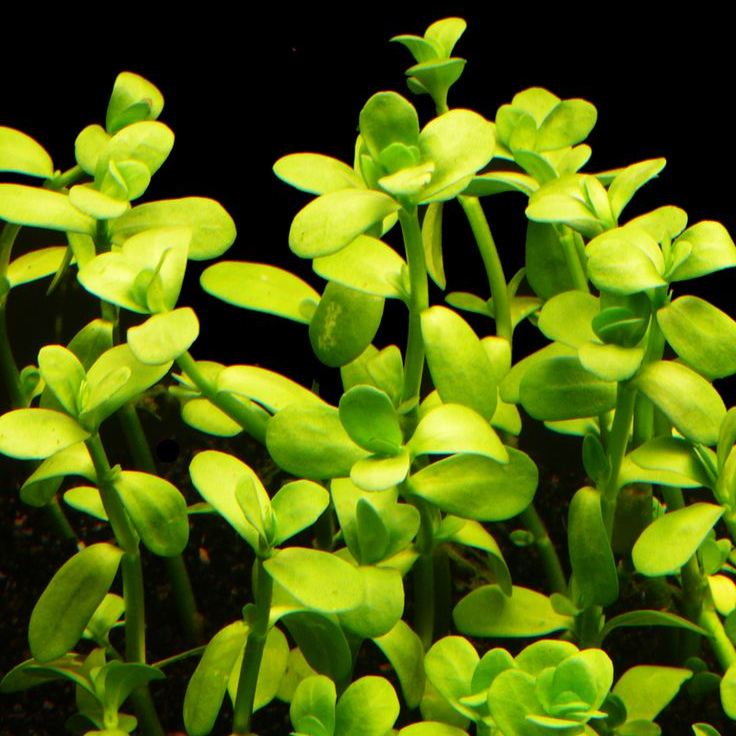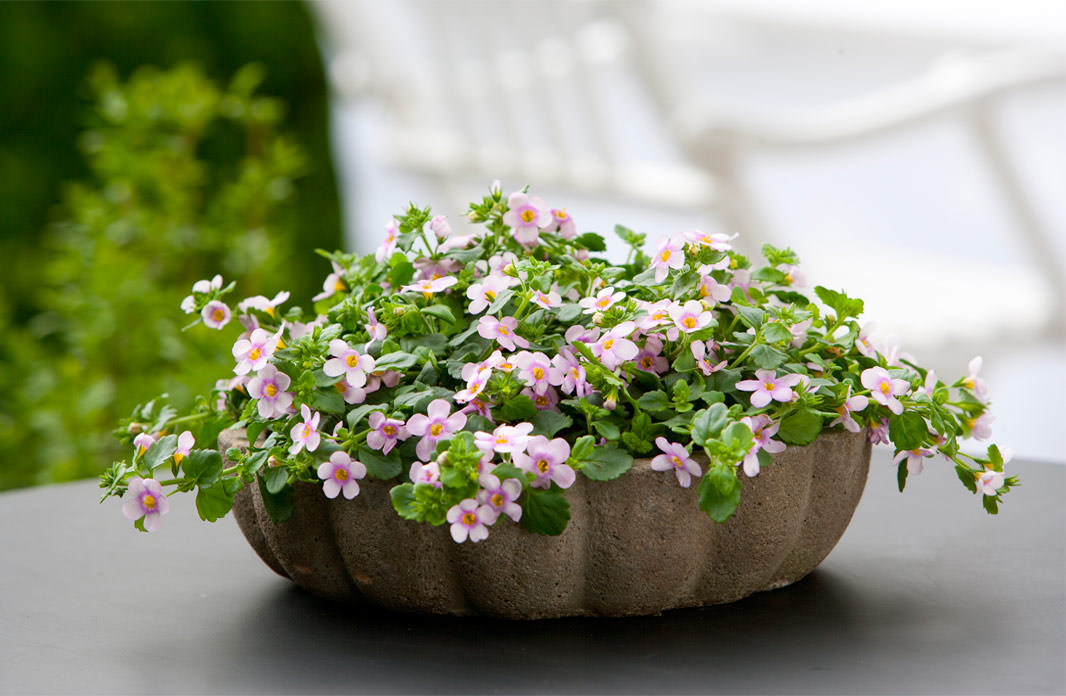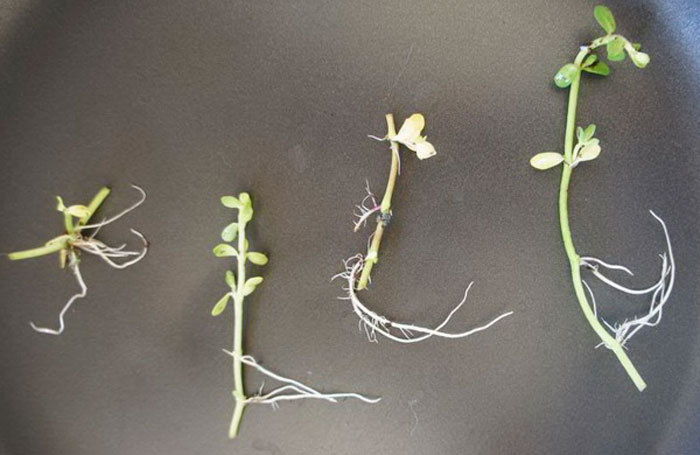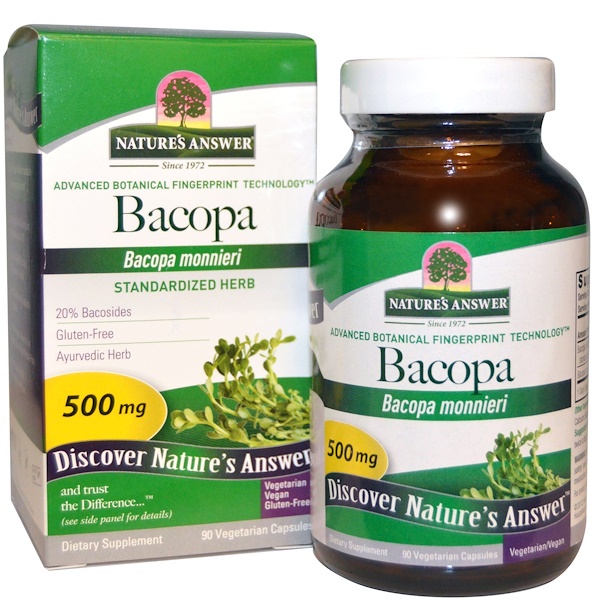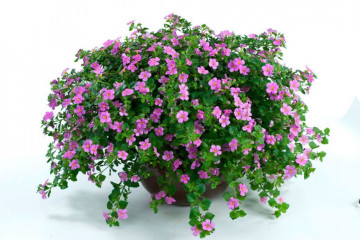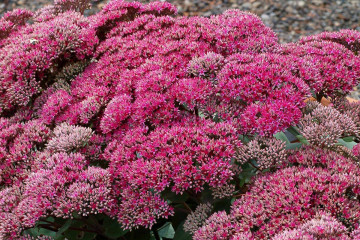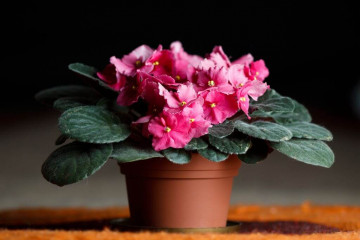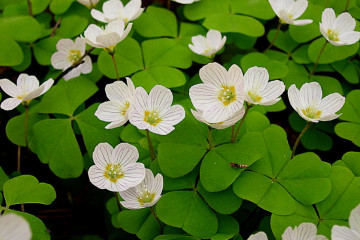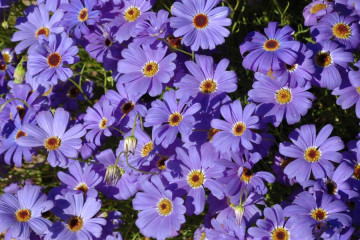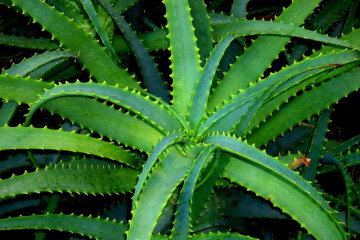Bacopa Monnieri: description and properties of the plant
Content:
Bacopa Monnier is a beautiful plant, with a straight or creeping stem, with a white or pink shade of inflorescences. The care is unpretentious. In addition to its excellent external characteristics, Bacopa has medicinal properties, which makes it possible to use it in traditional medicine. The plant is widely used in aquaristics, planted in pots.
Bacopa: what is it and what a flower looks like
Bacopa Monnieri is a small-leaved herb. Leaves and inflorescences are amorphous, small. The number of petals is up to 5. Delicate green leaves are oval, spoon-shaped and glossy. The stem length is from 20 to 40 cm. The flowers of the culture are white or pink.
Outside the flowering period, the branches look rather faded and unattractive, but the appearance of the grass changes radically when many small neat flowers appear on it.
Temperature
Bacopa Monieri is not picky about the ambient temperature. She feels comfortable at high and low temperatures, withstanding frosts up to 50 ° C. But in winter, the grass grown in pots must be transferred to a warm room.
Lighting
For Bacopa to bloom profusely and for a long time, it needs sunlight. If the flowerpot with grass is in the shade or partial shade, this will positively affect its growth and leaf color. Without the sun's rays, there will be no flowering.
Watering
Bacopa Monniera loves water and needs to be watered abundantly and regularly. In summer, watering should be daily; in winter, its frequency is reduced to 2-3 times a week. After watering, light loosening of the soil is mandatory. Weeds are removed from the soil.
Spraying
To maintain the desired level of moisture, the leaves of the plant need to be sprayed with water several times a day.
Humidity
The soil should always be kept slightly moist, but the water should not stagnate.
Top dressing
You need to fertilize the grass in spring and summer, alternating the use of mineral and organic fertilizers. Only young plants are fed. The frequency is 1.5-2 times a week.
Mineral fertilizers - nitrogen, and those containing magnesium and manganese. These components contribute to abundant flowering and increase the immunity of the flower. From organic fertilizers, solutions of poultry manure or mullein are used.
Transfer
Bacopa is transplanted after planting seedlings, on which several full-fledged leaves have formed, or, if necessary, change the flowerpot. In doing so, the grass is carefully dug out of the old pot. It is important to keep a lump of old earth around the roots so that the flower adapts to a new place faster.
Dormant period
Flower growth slows down between late October and early March.
When it blooms
With proper care, Bacopa blooms from March to October.
Pruning
Regular pruning is required to maintain the decorative characteristics of the plant. The longest shoots are removed. When pruning, the lower branches are removed, which have become stiff. Because of them, the abundance and duration of flowering decreases. The right time for pruning is autumn.
How does it multiply
Reproduction of bacopa is carried out by seeds, cuttings and the method of air vents.
Germinating seeds
Seeds are planted in March. Procedure:
- Fill the container with nutritious soil, water abundantly.
- Deepen the seeds by no more than 1 cm, sprinkle with earth on top, tamp slightly.
- Cover the box with plastic wrap or glass. Place in a warm place with a temperature of at least 20 ° C.
The first seedlings will sprout in 3 weeks. When 3-4 full-fledged leaves are formed on the seedlings, the bushes can be planted in separate pots.
Rooting cuttings
For wintering, Bacopa is brought into the house and placed in a warm room with sufficient sunlight. Such conditions will awaken the flower, it will begin to sprout new shoots. When they grow a little, they can be cut off and used for grafting. In this case, shoots are chosen on which there are at least 2 buds. The optimum length of the cutting is 10 cm. The buds on the shoot should be located so that one of them can be deepened into the ground.
Cut cuttings are placed in water with the addition of a growth stimulant for 2-3 hours. The lower leaves must be removed. For rooting, 2 methods are used:
- The cuttings are left in a container of water, which must be changed regularly. As soon as the roots appear, the shoot can be planted in the ground.
- In a fertile and light substrate, the cutting is buried up to the growth line. Only the top remains on the surface. Cover the top with a plastic bottle or glass jar.
Air layering
This simple method allows you to easily and quickly get a new bush. Procedure:
- Put a box with nutritious soil near the container with the mother bush.
- Bend one shoot from an adult flower to the ground in a nearby container, press it into the ground, fix it with a bracket.
- After a while, remove a layer of earth, see if roots have appeared. If they have formed, the shoot can be cut from the mother bush.
Instead of fertile soil, you can use sphagnum moss, in which the shoot is placed horizontally. Until the root system appears, the flower should be in a warm room with high humidity.
Diseases and problems
Bacopa has good immunity and is resistant to various diseases if properly cared for. The only dangerous disease that can lead to the death of a flower is gray rot. It occurs due to the excessive flooding of the bush with water. If the disease is at an early stage, it can be cured by transplanting a bush and establishing watering. In a neglected case, the bush will have to be destroyed.
Common varieties
In addition to Bacopa Monier, there is also a variety called "Low-growing" or Monier of the second type. There is no data on its origin. The flower does not occur in nature, because is artificially derived. The plant is used to decorate aquariums.
Medicinal properties and contraindications
You need to know that Bacopa Monnieri is not only a beautiful flower for growing in pots and aquariums, but also a medicinal herb.It is useful in the treatment of many diseases. The plant contains the following useful substances:
- Apigenin - has a choleretic and antispasmodic effect.
- Quercetin is a powerful antioxidant that has a diuretic, anti-inflammatory and antispasmodic effect.
- Beta-sitosterol glucoside - reduces the absorption of cholesterol in the digestive system.
- Sterol is an adaptogen that promotes better and faster adaptation of the body to new conditions.
- Luteolin is a flavonoid that has a choleretic, antitumor, antiallergic and immunomodulatory effect.
- Hersaponin is a sedative that increases the contractile force of the heart myocardium.
Medicinal properties of bacopa:
- Normalizes the digestive system.
- Neutralizes the negative effects of alcohol.
- Restores the functioning of the pancreas.
- Equalizes hormonal levels.
- Stimulates the process of collagen production, thereby improving the appearance of the skin.
- It restores the tone and elasticity of the blood vessel walls.
- Accelerates metabolic processes.
- Improves the functioning of the nervous system.
Bacopa, whose properties are used in the treatment of diseases, is contraindicated in some cases. Funds cannot be taken with it:
- people under the age of 18;
- pregnant women;
- during breastfeeding;
- with bradycardia.
Bacopa Monnier is an amazing plant with a pleasant flowering that can be grown both in an aquarium, creating a wonderful underwater world, and in pots, decorating balconies, terraces and gazebos. Taking care of bacopa is not difficult, you just need to adhere to some rules.
